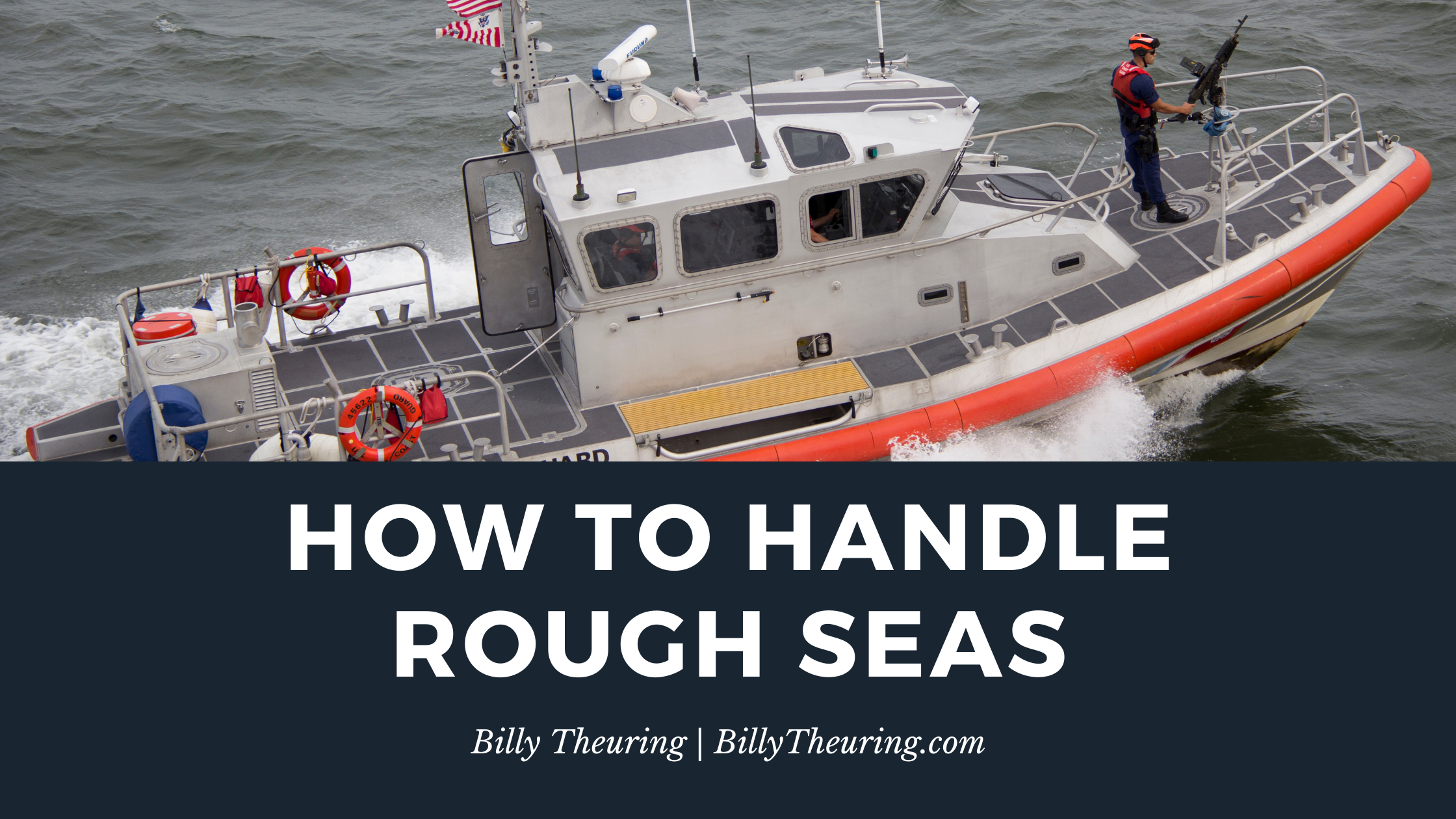Driving a boat can be a fun, relaxing time. Sometimes, however, you will need to be ready to protect yourself in unsavory conditions. It can literally be a question of life or death when you are in a really bad storm while on the water. There are many survival tips you can employ to ensure you stay safe while navigating a variety of nautical situations.
Common sense and preparation are the first lines of defense. The first rule of thumb is to tell family members and/or loved ones that you are leaving. On the off-chance that something goes wrong, it’s good to know there will be people looking for you. In addition, be prepared for almost any situation by taking classes or brushing up on the basics. Some classes are even offered by the US Coast Guard. There is no downside to education, especially if you are facing potentially dangerous and unfamiliar territory.
Once you’ve practiced and studied and had a chance to familiarize yourself with boat essentials, it’s time to make a complete checklist of all of the supplies you will need on board. There are several categories for this. The first one is about checking weather updates and communicate with the outside world. There are several methods, including modern-day cell phones, but for true peace of mind, a hand-crank transmitter radio is the safest bet. In addition. A very high frequency (VHF) radio is a waterproof, two-way communications device to call other boats in the area.
Another category of equipment to bring along is personal safety gear. Rain ponchos or head coverings are a good idea for all passengers, along with Coast Guard-approved personal floatation devices (PFDs). In addition to your nighttime navigation lights, there should also be a boat emergency kit and a slew of other safety devices such as a carbon monoxide detector.
If you do find yourself in the middle of a body of water with an approaching thunderstorm, there are ways to calculate how far away the storm is and give yourself time to move your boat in the safest position to avoid hitting upcoming swells either directly head-on or parallel. The objective is to minimize the amount of water that enters your vessel as well as the exacerbated motion that could cause it to capsize.
This article was originally published on billytheuring.com


